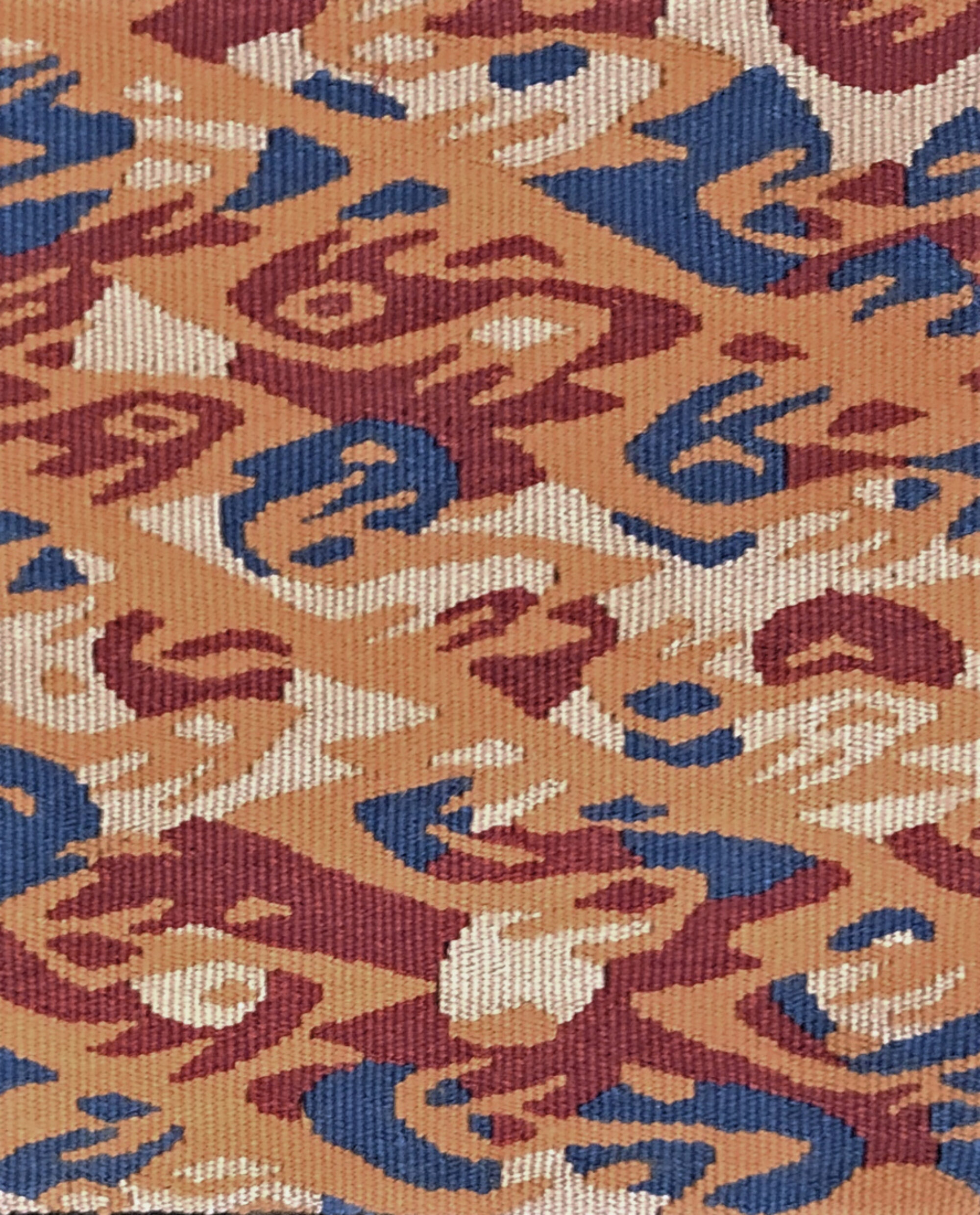This book review was first published in the Seattle Art Museum Native Arts Council Newsletter .
Imagining the Arctic: The Narrative Photograph in Alaska, Canada and Greenland
J.C.H. King and H. Lidchi (eds.), London: British Museum Press, 1998
If there is one thing that postmodern and postcolonial discourse has made us acutely aware of it is that we may no longer consider anthropological and art historical scholarship to be a transparent film which re-presents the “truth” of a culture. Rather, the critical paradigm suggests that cultural representations offer only a partial view of a multifaceted and dynamic complex, a view influenced by both the training of the author and his or her ideological foundations. Crosscultural representations are considered particularly slippery, commonly characterized as “telling us more about ourselves than about the culture that is being studied.”
The interest in the nature of representation and its role in cultural studies has led to the development, especially among first world scholars, of metanarratives – inquiries probing the methodology and assumptions of anthropology and art history. It has also spawned research focusing on the producers of earlier cultural studies (rather than the subject of those studies) – the explorers, anthropologists and in the case of the newly released volume, Imaging the Arctic, the photographers. Imaging the Arctic offers a compilation of essays authored by both Native and non Native scholars, most of which were delivered as part of the British Museum’s conference “Imagining the Arctic: The Narrative Photograph in Alaska, Canada and Greenland.”
The Introduction, written by J.C.H. King and Henrietta Lidchi, presents a theoretical discussion of photography and its impact on cultural studies. The authors remind us that although photography has been considered to be the most transparent of media, it too stages its subject. In the case of Arctic photographs the stage often promulgates images of a precontact existence deeply tied to a harsh environment, images that reflect the notion of a cultural hierarchy and support the expansion of Western culture. Despite this critical awareness, photographs are particularly seductive. Because of their long association with truth they become the stuff of people’s memories. It is the ambiguity, or tension, between photography’s documentary and ideological roles that makes it so intriguing. In Molly Lee’s words, every photograph exists somewhere on a continuum between “objective reality on one end and … a metaphor for experience on the other.” Perhaps they actually inhabit the two termini of that continuum contemporaneously.
An aspect of the essays that is especially striking is the difference between the interests of Native and non Native authors. Many of the essays by non Native scholars are short monographs with biographical profiles and overviews of the photographers’ work. Some offer a postmodern interrogation of photography. The Native authors, however, relate to the photographs in a more personal way. Photographs are important to these writers, not because they were made by a particular photographer, but because they are of known people -a grandmother, an aunt, a brother. The photos substantiate a part of Native history that has been, through acculturation, suppressed. Native people value them as a source of information and cultural empowerment. In Pamela Stern’s essay she recounts the cultural revitalization that took place in Holman as a result of seeing old photographs. The conference itself was inspired by George Qulaut finding Geraldine Moodie’s photo of his grandmother in the archives of the British Musuem.
No attempt was made by the editors to unify the voices in the volume. Although this results in unexpected changes in style, it highlights the presence of the author and reminds us that, like the photograph, writing is the product of an individual perspective. The richness of the authors’ perspectives reflects the richness of photography itself. In the words of Chris Wooley and Karen Brewster, “Photographs can be items of ethnographic study, art objects and family heirlooms all at the same time.”
